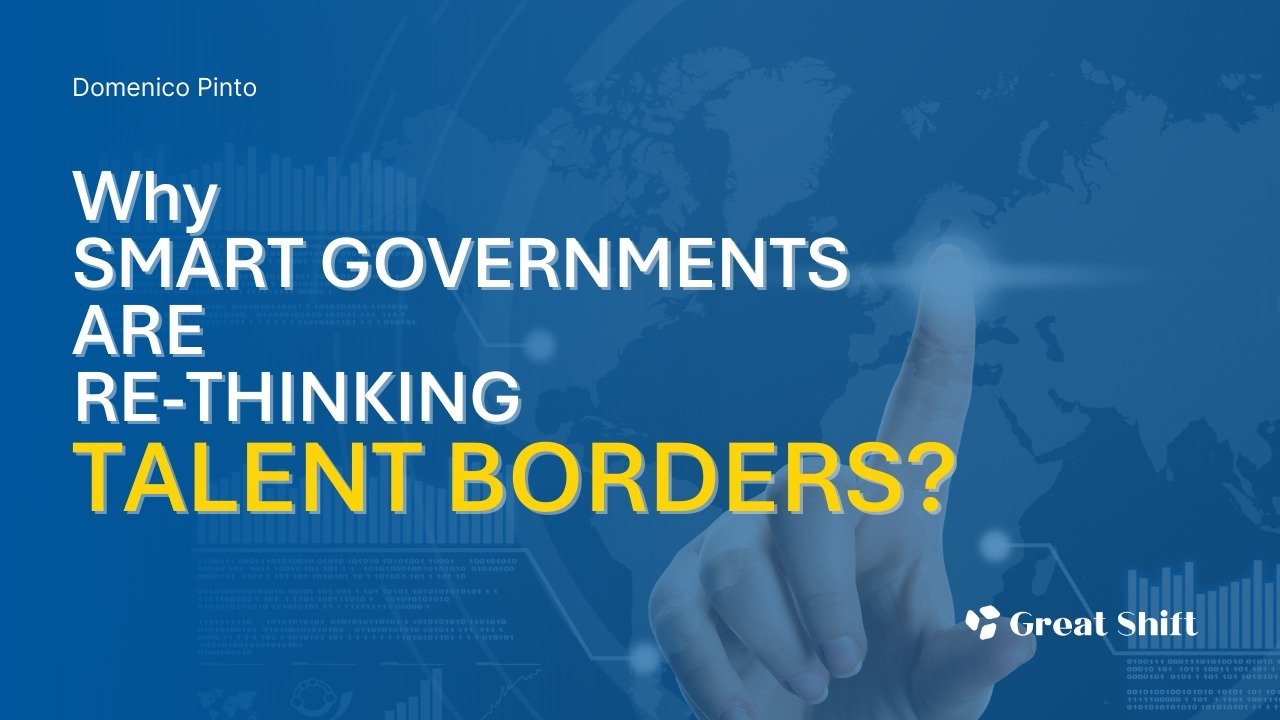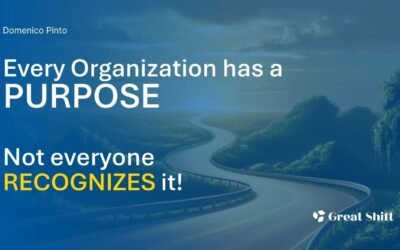Here’s a shocking truth: there are currently 35 million digital nomads worldwide, with numbers growing exponentially. That’s more than the population of most European countries. But here’s what’s even more interesting: most governments are still playing a game that no longer exists.
They think:
- Cheaper real estate attracts residents
- Tax incentives drive relocation
- Jobs follow big companies
- Talent follows money
The reality? Italian villages offering €1 houses sit empty while previously unknown towns become thriving digital hubs. The most successful regions aren’t the richest – they’re the most connected.
Money Can’t Buy Community
Let’s talk about the €10,000 relocation bonus myth. Can financial incentives attract digital talent? Absolutely. But here’s the real question: what happens when the next town offers €12,000?
Financial incentives aren’t wrong – they’re just insufficient. It’s like trying to build a house by only buying furniture. Nice to have, but you’re missing the foundation.
The Estonia Effect
Estonia didn’t become a digital powerhouse by accident. They didn’t just throw money at digital nomads – they fundamentally reimagined what a country could be in the digital age.
The result?
- 84,000 e-residents
- €31 million in direct economic impact
- A thriving digital ecosystem that keeps growing
- A model that’s harder to copy than any incentive package
But here’s what most governments miss: Estonia’s success isn’t about their digital infrastructure. It’s about understanding how digital talent thinks, works, and builds communities.
The 18-Month Moat
Want to know the real competitive advantage in attracting digital talent? It’s not money – it’s time.
Anyone can copy a €10,000 relocation bonus overnight. But you know what can’t be copied? Eighteen months of community building. A thriving ecosystem of like-minded professionals. The organic networks that develop when you get it right.
This is why:
- Some towns offer massive incentives but attract zero talent
- Others charge premium prices but have waiting lists
- Money follows community, not the other way around
The Urban Recalibration
Cities are losing their monopoly on opportunity. When talent can work from anywhere, guess what? They choose to work from everywhere.
We’re witnessing:
- Mid-sized cities outcompeting metropolises
- Rural regions becoming innovation hubs
- Small towns attracting global talent
- Local economies thriving in unexpected places
The winners in this shift? Places that understand community trumps compensation. Where governments realize their role isn’t to throw money at talent – it’s to create environments where talent wants to stay.
Why Experience Matters
The most successful digital nomad initiatives share one thing: they’re built by people who understand nomad psychology. It’s not just about WiFi speeds and tax breaks – it’s about understanding how location-independent professionals think, work, and build communities.
Consider this:
- Would you develop AI systems without AI experts?
- Would you build Olympic training facilities without consulting athletes?
- Then why approach talent attraction without expertise in how modern talent actually moves?
The Real Work
Building a thriving digital hub requires:
1. Understanding the ecosystem:
- Housing isn’t just about price
- Co-working isn’t just about desks
- Community isn’t just about events
2. Creating critical mass:
- The first 50 nomads are harder than the next 500
- Community builders are worth more than incentives
- Success breeds success
3. Long-term thinking:
- 18 months minimum to build real community
- Focus on retention over attraction
- Build systems that scale naturally
Action Items for Forward-Thinking Governments
1. Start with Strategy, Not Money
- Understand your unique value proposition
- Map your existing community assets
- Build for sustainability, not quick wins
2. Invest in Community Infrastructure
- Identify and support community catalysts
- Create spaces for natural connection
- Enable organic growth
3. Think Ecosystem, Not Programs
- Connect existing communities
- Enable local business integration
- Build for families, not just individuals
The Wake-Up Call
If you’re still:
- Competing on incentives alone
- Thinking short-term attraction over long-term retention
- Building programs without community expertise
- Copying what worked elsewhere without understanding why
You’re not just wasting money – you’re missing the biggest talent opportunity of our time.
The Future of Talent Attraction
The future belongs to governments that understand:
- Community is the new competitive advantage
- Expertise matters more than incentives
- Time invested beats money spent
- Authentic growth outperforms artificial attraction
The question isn’t whether to adapt to this new reality – it’s how quickly you can start building what money can’t buy.
——————————————————————————————
Work Futurist’s Final Note
If this makes your current talent attraction strategy feel outdated, good. If it makes you question everything you thought you knew about building digital hubs, even better. The future belongs to those brave enough to reimagine not just how to attract talent, but how to create communities where talent wants to stay.
——————————————————————————————
About the Work Futurist
I am Domenico Pinto, helping governments and organizations reimagine the future of work. As a location-independent leader and consultant, I’ve guided multiple regions in building successful digital nomad ecosystems. From advising on policy to creating thriving communities, I bring practical experience in transforming locations into digital talent hubs.
Through speaking engagements, consulting, and strategic advisory, I help governments and organizations build sustainable talent ecosystems while achieving work-life harmony. Ready to build your region’s digital future? Let’s connect.




